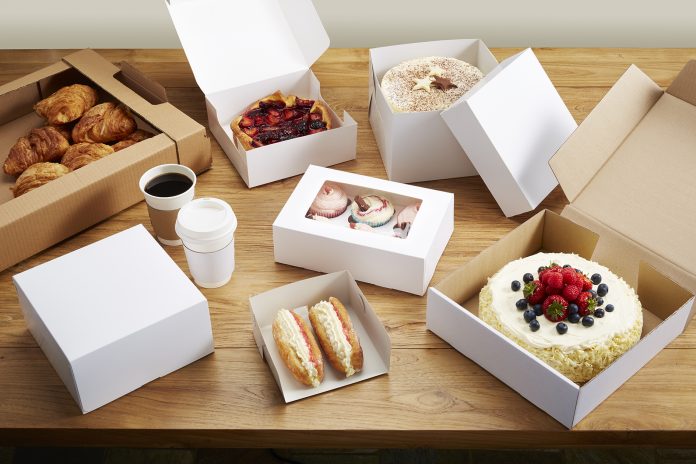Last week I went to Walmart for grocery shopping and a sudden thought hit me, no matter how scared I was of the pandemic, I was still out to fetch food for my family. Ever since the Covid-19 hit the world, I haven’t gone for shopping anything other than food and beverages. We can survive without anything but not without food. Food and beverage is a $360 million industry in America and it is still growing. In days of the pandemic, the demand for groceries and house supplies has increased significantly. People are preparing for an evident apocalypse (I don’t think there is going to be one). With the increased demand for food, the demand for Food And Beverage Packaging Boxes has increased as well.
Multilayered packaging:
Consumers are cautious about the groceries they take home. There has been an increased preference for multiple layers of packaging as removing an outer layer is more convenient than cleaning the product. Outer layers can be discarded and the product remains in the packaging. the packaging industry has been coming up with new and improved designs for multilayered packaging designs.
Interactive packaging:
Consumers are more perceptive than ever. As they’ve started to care less about other products, consumers have become more conscious of the food they take home. They are invested in the idea of natural and healthy foods, as a healthy diet is key to fighting the virus. The packaging industry is trying to make the packaging for food more interactive so it would capture the attention of the consumers.

Labelling:
Labeling is probably the most important part of the food and beverage packaging boxes. Consumers are more likely to leave an insufficiently labeled product. Ingredients, expiration dates, manufacturing dates, shelf life after opening, consumers want to know about all of these things. FDA has issued new guidelines for food and beverage packaging in the light of recent pandemic.
Corrugated materials are out:
The use of any porous or permeable material for food packaging is out of the question. People prefer plastic packaging to any other, and this has led to a spike in demand for plastic material for packaging.
Plastics are back:
With a decrease in crude oil prices, prices for plastic polymers (a byproduct of petroleum good) has also decreased. The cheap prices have led to the enhanced use of plastics in the packaging industry. It is good for the packaging industry as plastics are cheap, easy to handle and keep the product safe.
How to cope with the demand:
Increased demand for packaging in the food and beverage industry has an unexpected outcome. The industry wasn’t prepared for such huge numbers and many companies are failing to fulfill the demand. With borders closed and international trade almost coming to a halt, international supply chains are disturbed. There isn’t enough material to carry on with the production. Packaging industries are working to change their business models to rely less on international trade.
The inevitable plastic waste:
With such a huge demand for packaging, comes the plastic waste storming our planet. Oceans, beaches, streets, plastics are everywhere, polluting the planet. If consumers act more responsibly, this problem could’ve easily been handled, but the shift of focus from the environment to pandemic has led people astray. Industries are using this their advantage by starting to dump their waste into water bodies and landfills again. All this because people are not acting responsibly.
How to reduce waste?
Instead of relying so much on plastic for safety against the virus, people should make changes to their lifestyle. A cautious lifestyle with good hygiene practices is the best defense against the virus. Discarding your trash responsibly is another thing people can do to save the planet from doom.
Conclusion:
We may survive the pandemic with excessive use of plastics and multiple layers of packaging, but we won’t be able to survive the climate change that this reckless behavior will bring.
Stay invested in the idea of compostable/biodegradable packaging if you want to leave a planet altogether for future generations.





